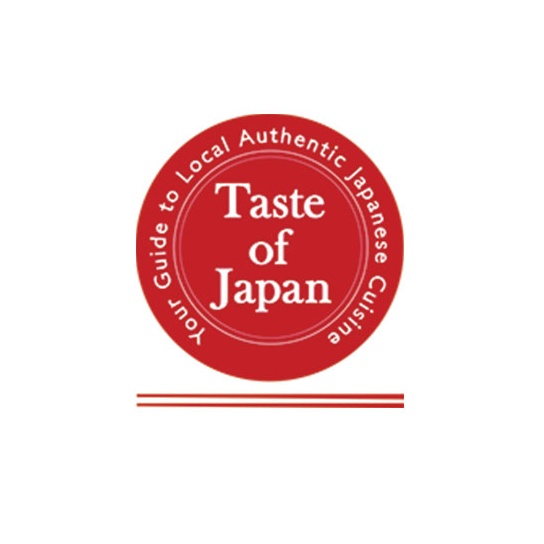The Healthy Diversity of Japanese Food
Held in New York on Wednesday, September 21, 2016, “TASTE OF JAPAN in New York: Savor the Culture of Earth & Sea” was an educational event that took up the themes of Japanese ingredients and personal health to promote awareness about the appeals of Japan’s food and food culture.
By Taste of JapanThe charms of Japanese cuisine and the country’s carefully passed-down food culture, together with Japanese products that owe their diversity to the country’s seasonality and differing regions, were introduced by Professor Ryoji Hamamoto, team leader of the Japanese Cuisine R&D Department at the Tsuji Culinary Institute, based in Osaka, Japan. Professor Hamamoto outlined the detailed history of Japanese cuisine back to the early eighth century, noting how it was influenced by social change, and how even elements such as food color and tableware are taken into consideration to bring out the deeper essence of Japanese cuisine.
Of particular note were how present-day dashi soup stock can trace its origins back to the vegetarian cuisine of Buddhist monks, called shojin ryori, developed during the Kamakura Period (1185-1333), and how the lords of the Muromachi Period (1336-1573) would use overly elaborate banquets to impress guests with their power.
The ways in which Japanese cuisine engages the five senses—including the sense of hearing—were showcased through an audio demonstration of the sounds of various dishes being prepared or consumed.



